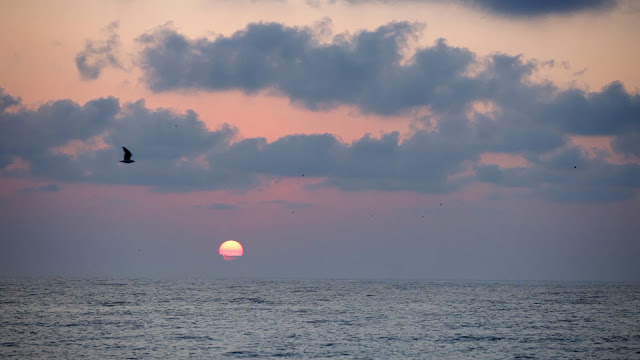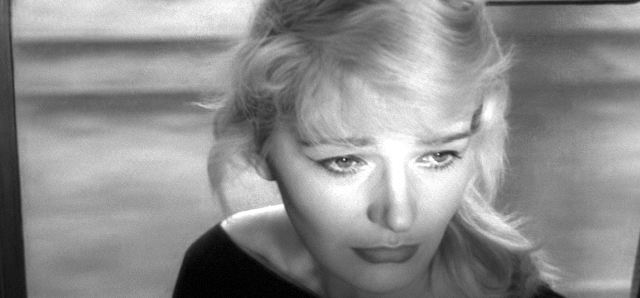Romanian actress Clara Vodă is a rare gem in the acting industry. Not only has she portrayed some highly complex roles in films that form part of the New Romanian Cinema (2001 - today), but she has recently proved her ability to perform on a transnational level, working with Spanish documentary filmmaker Chema Rodríguez on his debut narrative feature Night Falls in India/ Anochehe en la India (2013).
I first saw Clara perform on stage over ten years ago in a Romanian theatre production in Melbourne. The play focused on the life of Maria Callas, particularly emphasising the tragedy of the singer's vocal decline. Clara and Bogdan Vodă (partner and fellow actor) delivered supporting roles answering to the principles of Theatre of the Absurd that were comically clever, passionate and energetic. I managed to meet Clara after the show, even though she was adorned with flowers and praise from other Romanian fans, and she was just as lovely in person as I imagined.
Since then Clara has acted in a variety of important films working alongside some interesting directors that reside at the forefront of Romanian cinema today - Cristi Puiu, Adrian Sitaru, Cătălin Mitulescu, Florin Șerban, Tudor Giurgiu and Paul Negoescu. Her experiences of working on films that satirize the communist past, such as Cristi Puiu's The Death of Mr Lazarescu/ Moartea domnului Lăzărescu (2005) and Mircea Daneliuc's Snail's Senator/ Senatorul Melcilor (1995) have proved vital to my research on exploring the socio-political nuances in Romanian cinema pre-1989 and post-Revolution - today.
Clara is a diverse actress who has continued and will endure to impress audiences on a national and international scale.
View Clara's showreel here.
When I Want to Whistle, I Whistle/ Eu când vreau să fluier, fluier (2010) Florin Șerban
Snail's Senator/ Senatorul Melcilor (1995) Mircea Daneliuc
Waves/ Valuri (2007) Adrian Sitaru
This photo of Clara is derived from the blog Micafotografa - photography by Bucharest based actress and photographer Ana Maria Moldovan.

































